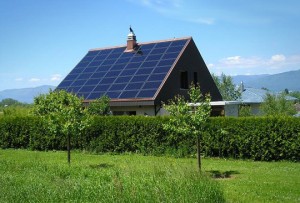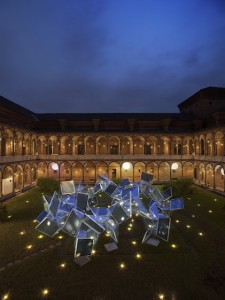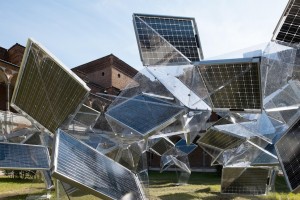 Earlier this year Kellé McMahon is the CEO of The Green Science Academy wrote,”American companies, small companies, large companies, startups and mid-size companies all of which contribute to the growth and development of a new established emergent industry coined “the green economy.” The green economy encompasses many different aspects of the energy market sector. The United States has seen the largest growth in the solar market sector over the past two years. The industry has seen growth over 120% since 2006 (Engineering Magazine July 2010) and is experiencing a explosion of growth in the commercial residential sectors.”
Earlier this year Kellé McMahon is the CEO of The Green Science Academy wrote,”American companies, small companies, large companies, startups and mid-size companies all of which contribute to the growth and development of a new established emergent industry coined “the green economy.” The green economy encompasses many different aspects of the energy market sector. The United States has seen the largest growth in the solar market sector over the past two years. The industry has seen growth over 120% since 2006 (Engineering Magazine July 2010) and is experiencing a explosion of growth in the commercial residential sectors.”
Carol McClelland, PhD author and Founder of Green Career Central recently wrote -
Debunking Myths About Careers in the Green Economy, she says,” As we talk with people at networking meetings and our group calls, we hear them make assumptions about the Green Economy that aren’t true. They may have been true at one point, but times have changed. Are you holding yourself back from entering the Green Economy due to any of these assumptions?”
Now a new study from Environmental Entrepreneurs‘ report shows clean energy sector growing across country, industries could lead to 46,000 jobs in 42 states. Among other things the report says,”Manufacturing companies making everything from electric vehicles to solar panels and wind turbine parts announced 35 projects in the quarter that would create more than 10,000 jobs.” Read the article…










